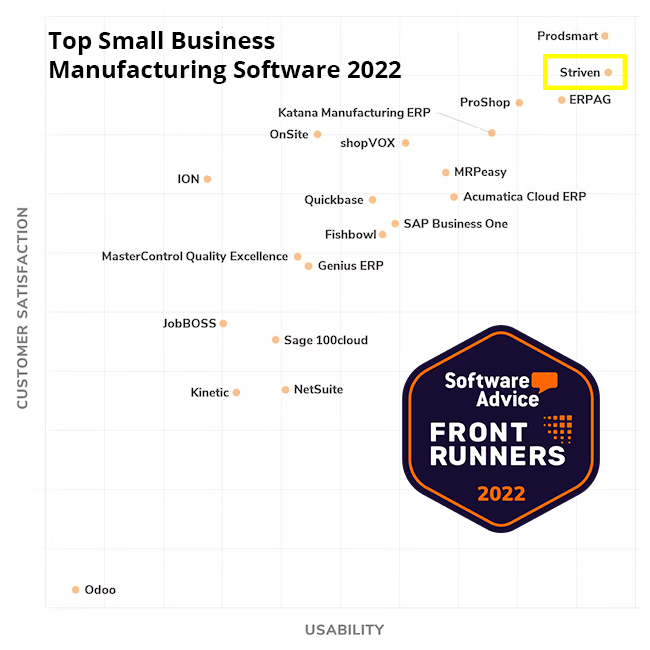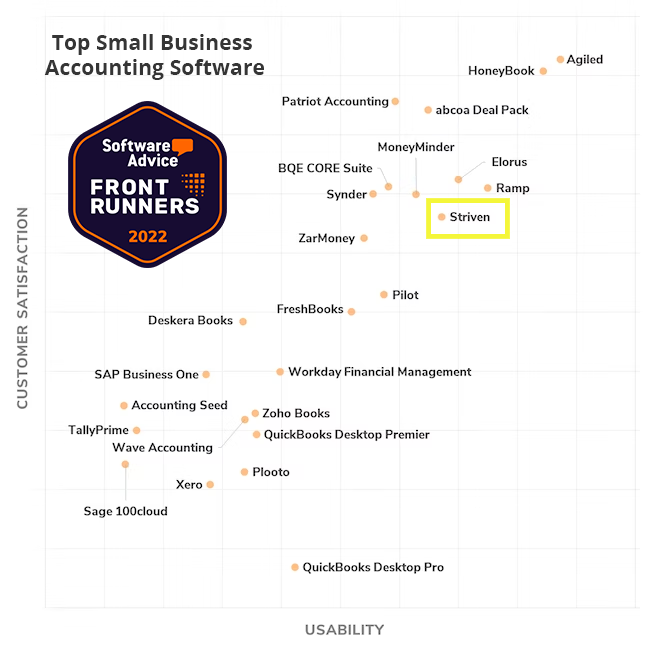Though the COVID-19 pandemic has come and gone, it’s left widespread and ongoing disruptions to the supply chain. All industries have been affected, forcing businesses to either adapt or shut down.
Compounded by pre-pandemic challenges, global supply chains have taken a heavy hit – especially with ocean shipping. The container shipping industry has been up against significant challenges to begin with, such as low rates and overcapacity, which have only been exacerbated by the pandemic.
For businesses to overcome these obstacles, it’s more important than ever to have a defined planning and forecasting strategy in place.
The State of Global Container Shipping
There’s a lot of complexity in the modern economic landscape, especially with the container shipping industry. Shortages, delays, and backlogs have had a devastating impact that’s rippled through the industry, leading to low warehouse storage capacity, limited labor pools, and other disruptions in logistics.
In some ways, the industry has been rebounding since the conditions at the start of the pandemic, but there’s a long way to go. The current obstacles include:
- Rising container costs
- Volatile freight rates
- Decreases in global trade
- Extended lead times and unexpected delays
As a result, container shipping has become more and more unreliable. Businesses are forced to deal with long transit times, canceled shipments, and other disruptions, causing increased costs and decreased profits.
Some businesses are weathering the storm, but there’s no clear end in sight for all the backup that occurred at the height of the pandemic in 2020. The current conditions are expected to continue for at least a few years, and affected industries are looking for opportunities to adapt and overcome.
Planning and Forecasting Solutions
If the current conditions continue, businesses that rely on ocean shipping – and shipping in general – have to adapt accordingly. One of the best ways to stay agile in the face of a volatile industry is with a strategy for planning and forecasting.
Forecasting provides an opportunity to anticipate future trends and challenges to make adjustments to operations. With the future of global shipping unpredictable, this is key to staying ahead of the curve.
Here are some of the benefits of forecasting:
More Lead Time With Less Concern
Crises and devastating changes can happen in a flash. Every business needs to be adaptable, but with the many moving parts of the supply chain, even a small disruption can be catastrophic in its ripple effect.
Forecasting future trends gives businesses plenty of lead time to react and make changes as conditions change. The extra time involved can mean the difference between a business running smoothly and a business that has to stall operations – maybe indefinitely. Forecasting also maximizes internal resources without a lot of excess spend and waste.
As expected, a proactive approach is ideal to prevent problems or mitigate their impact. In addition, knowing what’s on the horizon can reduce stress for a team trying to scramble to handle challenges.
Better Customer Satisfaction
Customer trends play a big role in the supply chain with demand. When you anticipate what customer trends are upcoming, you can adjust accordingly. For example, if you expect a high demand for a product, you can overstock it to prepare for high-volume orders. Taking this approach reduces revenue losses by avoiding stockouts and delays while building stronger relationships with business partners.
At the end of the day, customers are the lifeblood of your business and they have to be satisfied. Investing in forecasting reduces the risks of delays and errors that ruin the customer experience and diminish customer satisfaction – and by extension, harm your business.
Improved Cost Efficiency
Balancing inventory with demand and resources can always be a challenge. Forecasting ensures you have the optimal inventory to maximize your resources, streamline your ordering process, consolidate shipments, and optimize your shipping routes. You have a more efficient shipping process with cost-saving measures that can make a huge difference in your bottom-line performance.
How to Improve Your Forecasting for Ocean Shipping
Stocking products from global suppliers increases uncertainty when the disruptions not only affect getting your goods to the customer but getting the goods from the supplier to your warehouse. Demand planning helps you navigate these lead times and reduce the risk of disruptions to your business.
Build In More Lead Time
When your product procurement is from global suppliers, you must understand all the risks and challenges that could have a widespread impact on your supply chain, potential delays, and customer satisfaction. Consider all aspects of the process, including supplier reliability, natural disasters, and geopolitical risks.
Once you have a clear understanding of the risks involved, you can plan for the best-case and worst-case scenarios. What’s the maximum amount of time you’ll need for product procurement and is it feasible? If not, you may need to plan extra lead time to ensure your deliveries go out on time.
No matter the state of the supply chain, it’s always smart to have a generous margin for your typical lead time – especially if there are significant materials or supply shortages that apply to your industry.
Be Aware of Peak Periods
Global shipping demands tend to rise at specific times of the year, such as major holidays like Christmas and Chinese New Year. Keep in mind that shipping can be disrupted according to the major holidays in other countries as well, such as the long holiday period that takes place in December and January for South American countries.
If you’re planning on shipping goods during these periods, you have to be aware of the risks and plan for them. You may need to place orders earlier or work with a freight forwarder that has demonstrated strong performance during peak shipping periods.
Leverage Data and Technology
There are numerous data and technology tools that can enhance forecasting, such as intelligence platforms and intermodal solutions with real-time shipment tracking.
Using these solutions can help you visualize the conditions of the global shipping market to see the “big picture” and make more informed decisions about the supply chain. Many of these tools have additional features that help you automate the forecasting process to maximize time and resources.
Keep an eye on major disruptions in the market as well. An array of issues can impact the supply chain, including a natural disaster that affects major shipping routines or a labor strike that causes a shortage of workers. When you’re aware of these disruptions, you can build a plan into your forecasting to minimize the impact.
Leverage Forecasting and Planning to Stay Agile
Planning and forecasting are essential for businesses that rely on global shipping solutions to deliver goods to customers. Having a strategy in place to address shortages, peak shipping periods, and other unexpected challenges can keep your supply chain running more smoothly.









